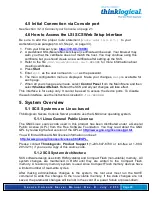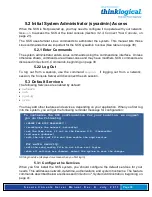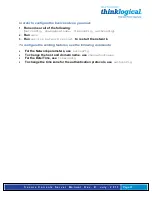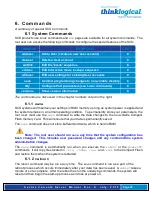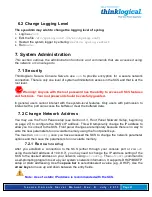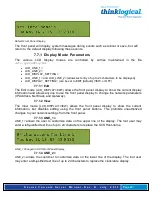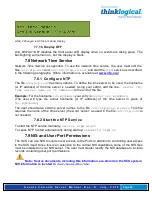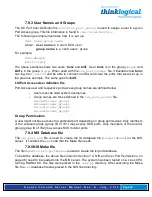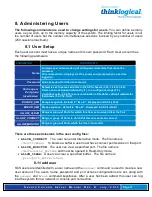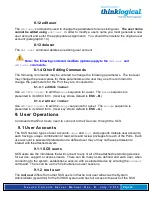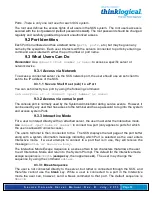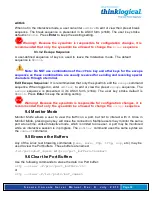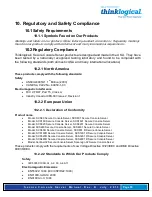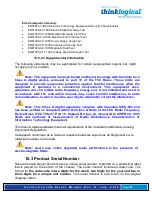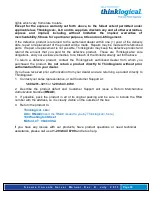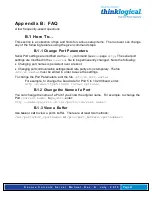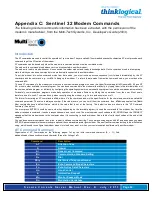
S e c u r e C o n s o l e S e r v e r M a n u a l , R e v . K , J u l y , 2 0 1 3
Page 48
7.9.3 User Names and Groups
The LSI Port User Definition file
(/nis/lsi_port_users)
is used to assign a user to a given
Port Access group. This file information is found in
/usr/local/doc/nis.
The following example illustrates how it is set up:
User name:group name
where: user name is a valid SCS user
group name is a valid users’ group
For example:
tomv:pbxgrp
billf:itgrp
The above example shows two users, tomv and billf. User tomv is in the group
pbxgrp
and
billf is in the group
itgrp
. When used with the
lsi_port_access
file, it illustrates how tomv
can log into
tvscs320
and be able to connect, monitor and clear the ports that were set up in
the previous example. The same goes for billf.
LSI Port Access User definition file
Port Access user and respective port access group names are defined below.
Users must be valid system usernames.
Group names are those defined in the
lsi_port_access
file.
lsiuser1:user_group1
lsiuser2:user_group1
lsiuser3:user_group2
lsiuser4:user_group2
Group Permissions
A user might not have access to a particular port, depending on group permissions. Only members
of the scsusers group (group ID of 701) may access SCS ports. Only members of the monitor
group (group ID of 702) may access SCS monitor ports.
7.9.4 NIS Database file
The
lsi_port_awk
file is used to create the lsi database file (
lsiportdbase
) on the NIS
server. It contains the
awk
code that the Make file needs.
7.9.5 NIS Make file
The file
Makefile.nis.portAccess
is used to create the lsi port database.
To build the database, the above files (listed in Section 7.9, NIS and User Port Permissions, on
page 46) need to be loaded onto the NIS server. The system has been tested on a Linux CPU
running RedHat 8.0. The files were placed in the
/var/yp
directory. After executing the Make
file, the
lsi
database file was placed in the NIS host directory.


